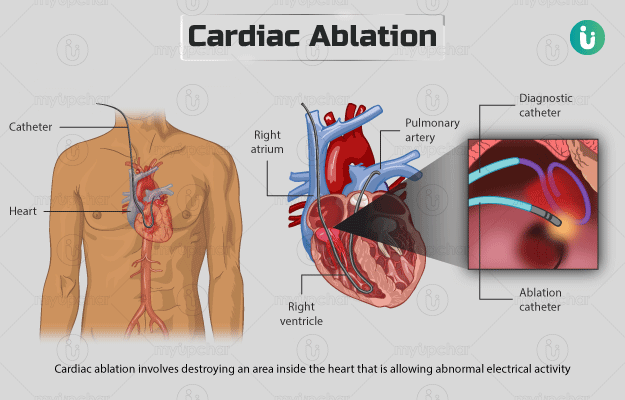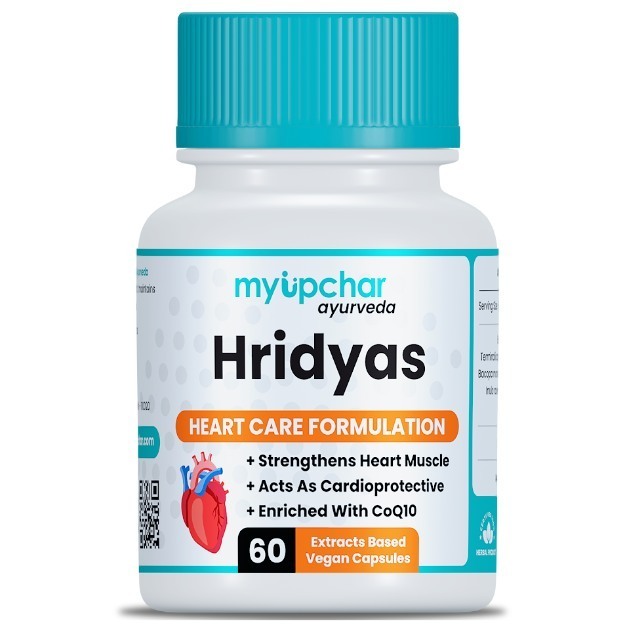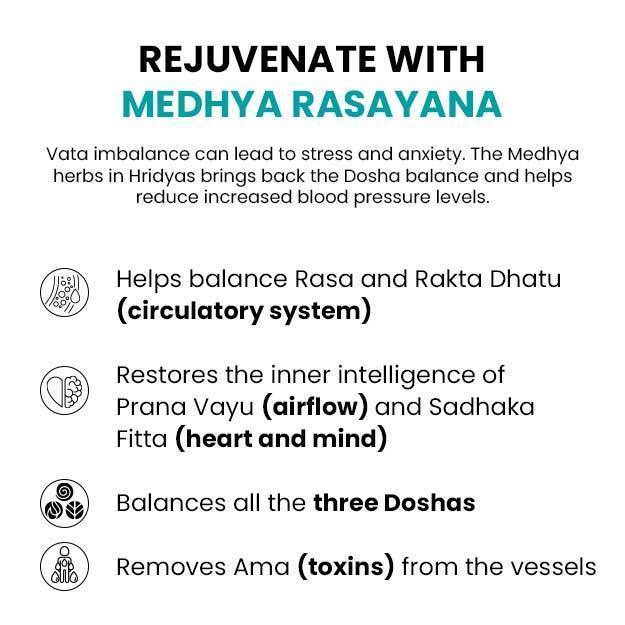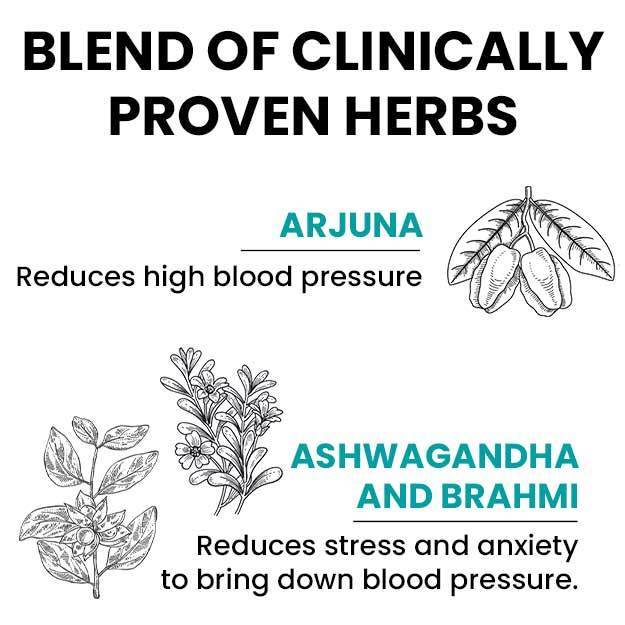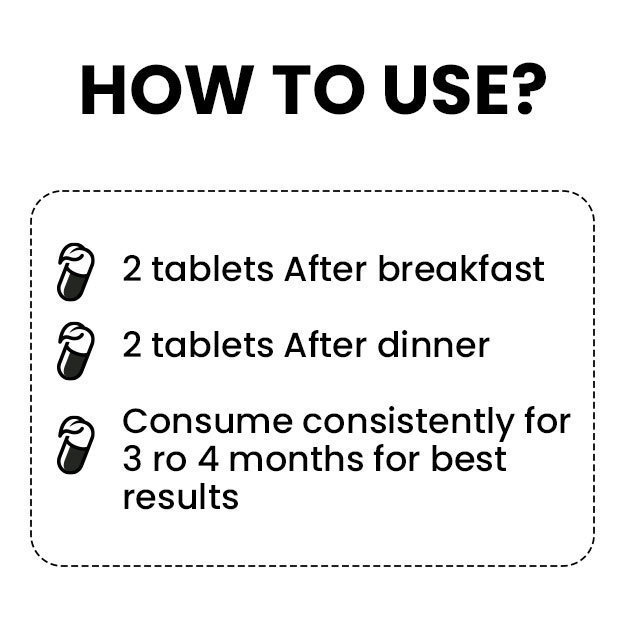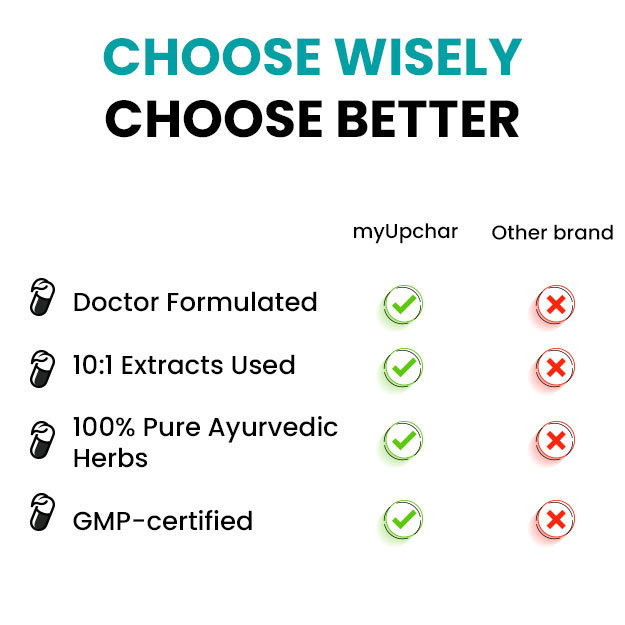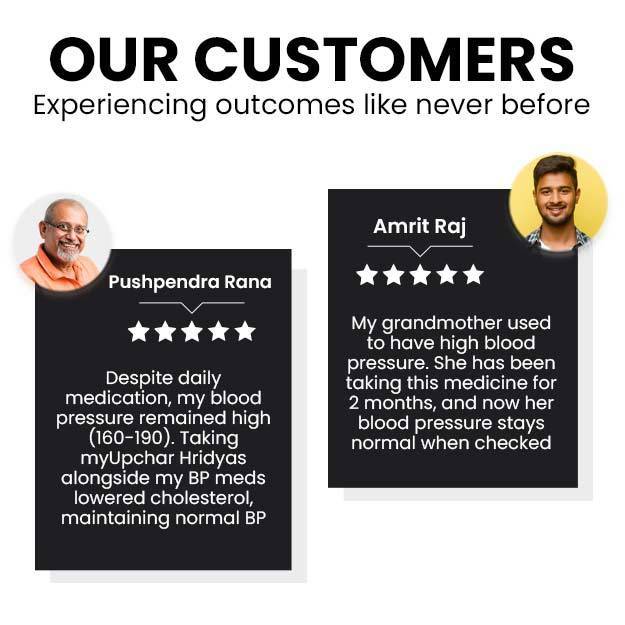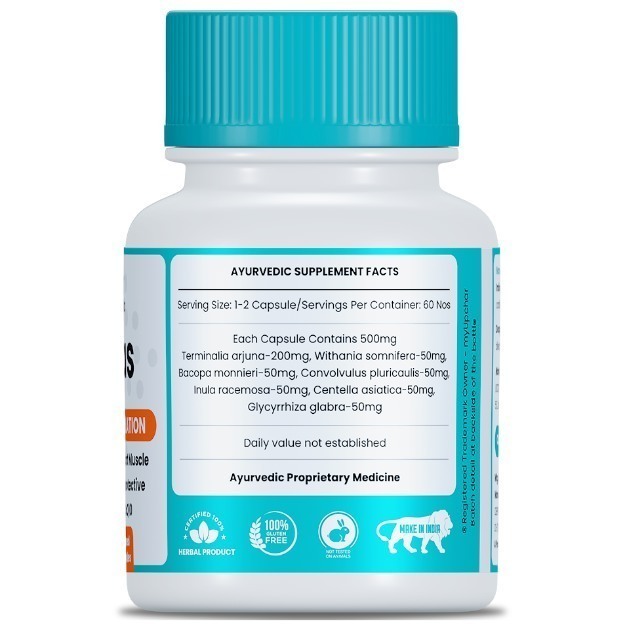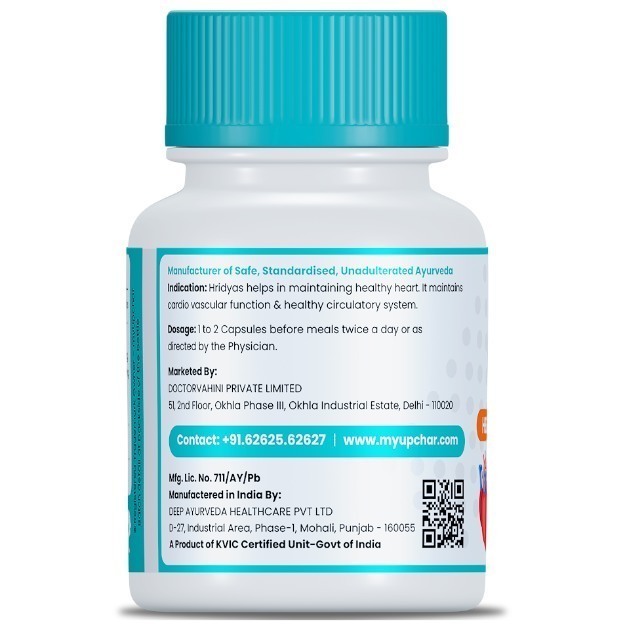Summary
Cardiac ablation involves destroying an area inside the heart that is allowing abnormal electrical activity and arrhythmia. The procedure is performed by using techniques like radiofrequency waves or cold temperature.
Diagnostic tests like magnetic resonance imaging scan and transesophageal echocardiogram are done before the surgery to assess the condition of the patient. You will be asked to fast for a few hours before the operation.
The procedure will be performed under general anaesthesia to keep you asleep and pain-free. After the operation, your doctor will suggest you to take aspirin, restrict certain activities, or modify your lifestyle habits for a speedy recovery.
- What is cardiac ablation?
- Why is cardiac ablation recommended?
- Who can and cannot get cardiac ablation?
- What preparations are needed before cardiac ablation?
- How is cardiac ablation done?
- How to care for yourself after cardiac ablation?
- What are the possible complications/risks of cardiac ablation?
- When to follow up with your doctor after cardiac ablation?
What is cardiac ablation?
Cardiac ablation is a procedure that is used to treat arrhythmia.
Your heart contains special cells that produce electrical signals and regulate the pumping of blood. These signals travel to each chamber of the heart through specific pathways and make sure that these chambers contract and relax in a correct sequence to produce heart rhythm.
If the electrical cells of the heart are damaged for some reason, it leads to irregular heart rhythm or arrhythmia. In this condition, the heart may pump less blood, leading to complications like fainting and shortness of breath.
The surgeon may perform cardiac ablation to help manage these symptoms associated with arrhythmia. During the procedure, the surgeon will destroy or scar a small area in your heart that is responsible for the movement of abnormal electrical signals in the heart. Since only the abnormal cells are destroyed in the procedure; there is no damage to the rest of the heart. Cardiac ablation can be performed using radiofrequency ablation or cryoablation techniques.
Some types of cardiac ablation are:
- Cox-Maze procedure: This procedure involves correction in the upper chamber of the heart to prevent the passage of abnormal electrical signals.
- Focus impulse and rotator modulation (FIRM) ablation: This mapping technology can exactly target the source of abnormal electrical signals.
- Ventricular tachycardia ablation: This procedure is performed if the abnormal electrical signals are created in the ventricular (lower chamber) region of the heart.
- Epicardial ablation: This procedure involves ablation of the damaged cells on the outside of your heart that cause abnormal electrical signals.
- Atrioventricular (AV) node ablation: It is performed to correct irregular heartbeats from the AV node that transfers electrical impulses from the upper chamber of the heart to the lower chambers.
Why is cardiac ablation recommended?
Your healthcare provider may suggest this surgery if you have heart rhythm problems such as the following that medicines have been unable to treat:
- Atrioventricular nodal reentrant tachycardia (type of abnormally fast heart rhythm)
- Atrial flutter or fibrillation
- Ventricular tachycardia
- Wolff-Parkinson-White syndrome
Some of the symptoms associated with arrhythmia include:
- Sweating
- Paleness
- Palpitations (slow or fast heartbeat)
- Skipping beats
- Shortness of breath
- Fainting
- Chest pain
- Dizziness
Who can and cannot get cardiac ablation?
This surgery is not performed if you have blood clots in the left upper chamber of the heart. The surgeon may have to take proper precautionary measures to reduce the risks during the surgery if you have a blood clotting disorder.
What preparations are needed before cardiac ablation?
Before undergoing this surgery, you will need the following preparations:
- Your doctor will order a few diagnostic tests to check your overall health. These include:
- Blood tests.
- Magnetic resonance imaging scan.
- Transesophageal echocardiogram: A type of sonography wherein the doctor can detect the presence of blood clots in the heart by taking images from inside the food pipe.
- X-ray.
- Electrocardiogram (ECG): An ECG scan will check the electrical activity of your heart.
- You will be asked to share information about all the medications that you take, including over-the-counter or herbal medicines.
- Your healthcare provider may instruct you to stop the use of blood-thinning medicines like warfarin, aspirin, and clopidogrel for a few days before the surgery.
- If you have diabetes, ask your doctor about the intake of medicines or insulin injections before the surgery.
- You will have to fast for up to eight hours or from midnight before the procedure.
- Your doctor may suggest you to quit smoking for a minimum of two weeks before the surgery to reduce the risk of breathing problems and blood clotting after the procedure. You may need a friend or family member to drive you home after the operation.
- Your doctor will ask you to sign an approval or consent form to grant permission for the surgery.
How is cardiac ablation done?
Once you reach the hospital, the hospital staff will give you a hospital gown to change into. The following steps will be performed during the surgery:
- A nurse will prepare your neck, groin, upper chest, and arm by cleaning them with an antiseptic solution and shave your groin area. Sterile drapes (to prevent contact with unprepared surfaces) will be used to cover your body.
- Your heartbeats and heart activity will be continuously monitored during the surgery.
- The medical staff will start an intravenous (IV) line in your arm to inject sedatives and general anaesthesia to keep you asleep and pain-free during the surgery.
- Once you feel drowsy, an anaesthetist will give you local anaesthesia to numb the area of catheter (a small tube) insertion (arm, neck, or groin).
- The surgeon will then insert a catheter through a tiny cut made on your skin into the blood vessel (vein or artery) in the area. Sometimes, multiple catheters are required.
- He/she will place a transducer in one of the catheters, which allows an ultrasound to be performed so that the position of the catheter can be viewed on a video screen.
- Next, the surgeon will place electrode catheters (thin, long tubes with wires) in one of the catheters to locate the exact position in your heart that is causing heart rhythm problems.
- Once the area is located, he/she may place an ablation catheter nearby and perform any of the following procedures:
- Radiofrequency ablation: Radiofrequency waves will be passed through this catheter. This will damage the cells that are responsible for abnormal signals.
- Cryoablation: In this procedure, extreme cold will be used to freeze the damaged cells. This will temporarily stop the irregular heart rhythm.
- After the procedure, the surgeon will remove the catheter and apply pressure at the insertion site to prevent bleeding.
- Finally, he/she will apply a bandage to cover the catheter insertion area.
The surgeon may take about three to six hours to complete the procedure. After the surgery, you will be taken to the recovery room where you must lie on the bed for up to six hours to prevent bleeding from the insertion site. Some people are allowed to go home on the same day, but some require an overnight stay to monitor their heart function.
How to care for yourself after cardiac ablation?
Once you are home, you will need to take the following care:
Medications: Your doctor may prescribe blood-thinning medications like aspirin to be taken for two to four weeks to prevent the formation of blood clots.
Driving: Avoid driving for at least a day after the surgery.
Lifestyle habits:
- You must continue smoking cessation for a few days after the surgery.
- Your doctor may ask you to skip drinking alcohol for at least a day after the surgery.
Activities:
- Avoid doing strenuous physical exercise for three days after the surgery.
- You can resume work after 14 days of surgery.
When to see the doctor?
You must call or visit your doctor immediately if you are experiencing the following symptoms:
- Fever
- Weakness
- Nausea or vomiting
- Dizziness
- Cough
- Difficulty in breathing
- Numbness, cold feeling, tingling effect, or white or blue colouration of the legs
- Chills
- Chest pain
- Pain in the neck, arms, upper back, or jaw
- Excess bleeding, swelling, pain, or redness around the catheter area
- Formation of a large lump around the catheter site
What are the possible complications/risks of cardiac ablation?
Although this surgery is safe, it is known to carry risks and complications such as:
- Bleeding
- Damage to the heart valves
- Blood clots in the legs, brain, or heart
- Heart attack
- Damage to the artery where the tube was introduced
- Fluid around the heart
- Nerve damage
- Injury to the artery that carries blood to the heart
- Oesophageal atrial fistula (a connection formed between the food pipe and heart)
- Infection
- Abnormal heart rhythm
When to follow up with your doctor after cardiac ablation?
A follow-up visit will be planned within three months of surgery. After this visit, you will have a follow-up appointment again at six-month intervals for two years.
Disclaimer: The above information is provided purely from an educational point of view and is in no way a substitute for medical advice by a qualified doctor.
Surgery Cost In Your City
Doctors for Cardiac ablation

Dr. Manju
Cardiology
10 Years of Experience

Dr. Farhan Shikoh
Cardiology
11 Years of Experience
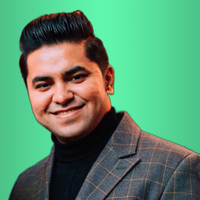
Dr. Amit Singh
Cardiology
10 Years of Experience
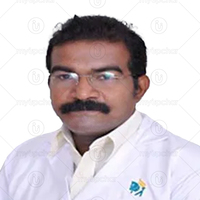
Dr. Shekar M G
Cardiology
18 Years of Experience
References
- Kern MJ, Sorajja P, Lim MJ, eds. The Cardiac Catheterization Handbook. 6th ed. Philadelphia, PA: Elsevier; 2016
- Calkins H, et al. 2017 HRS/EHRA/ECAS/APHRS/SOLAECE expert consensus statement on catheter and surgical ablation of atrial fibrillation. Heart Rhythm. 2017 Oct;14(10):e275-e444. PMID: 28506916
- Miller JM, Tomaselli GF, Zipes DP. Therapy for cardiac arrhythmias. In: Zipes DP, Libby P, Bonow RO, Mann DL, Tomaselli GF, Braunwald E, eds. Braunwald's Heart Disease: A Textbook of Cardiovascular Medicine. 11th ed. Philadelphia, PA: Elsevier; 2019:chap 36
- American Heart Association [Internet]. Texas. US; Ablation for Arrhythmias
- Heart and Stroke Foundation of Canada [Internet]. Ottawa. Canada; Ablation
- Stanford Healthcare [Internet]. University of Stanford. California. US; Types of ablation
- National heart, lung and blood institute [Internet]. National Institute of Health. US; Cardiac ablation
- Michigan Medicine [internet]. University of Michigan. US; AV Node Ablation
- Lubitz SA, Fischer A, Fuster V. Catheter ablation for atrial fibrillation. BMJ. 2008 Apr;336(7648):819–826. PMID: 18403546.
- Beth Israel Lahey Health: Winchester Hospital [Internet]. Winchester. Maryland. US; Radiofrequency Ablation
- U Health [Internet]. University of Utah. US; What to expect before, during and after cardiac ablation
- Cleveland Clinic [Internet]. Ohio. US; Catheter Ablation: Procedure Details
- Queensland Health [Internet]. Queensland Government. Australia; Cardiac catheter ablation
- Queensland Health [Internet]. Queensland Government. Australia; Cardiac catheter ablation
- American Society of Anesthesiologists [Internet]. Illinois. US; Smoking
- Oxford University Hospitals [internet]: NHS Foundation Trust. National Health Service. U.K.; Discharge advice after atrial fibrillation ablation

